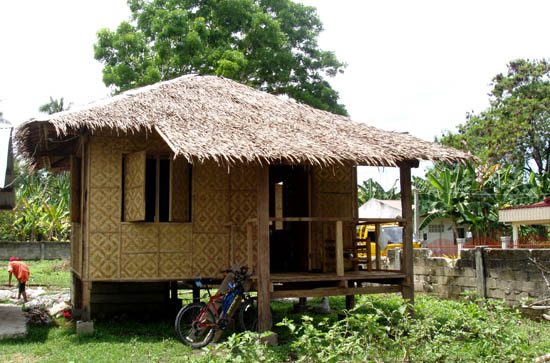

Welcome to Global Design, 2010- the arc107 Global Design seminar of Miami University, Department of Architecture and Interior Design. We are exploring the role and influence of design—especially architecture, interior design, urban design and landscape design—on people and environments within a contemporary global context. We are looking at how factors as geography, climate, culture, society, economics, politics, aesthetics, and technology are intrinsically interwoven in the making of the built environment.


 I am Vietnamese and I was born in Cincinnati, OH. I never left Ohio and did not get to experience the real culture behind my heritage. My family has taught me many traditions of the Vietnamese culture but I don't get to experience that firsthand in Vietnam. Some day I desire to travel to Vietnam (specifically Saigon, which is now called Ho Chi Minh City) to learn more about the country. Since I am an architecture major, learning the history of the architecture in Vietnam would be interesting. The building styles have evolved throughout the years according to whom was in power at the time in Vietnam. The Notre Dame Cathedral (upper left) is a well known catholic church located in the middle of the city. During the time the church was built, the French government was in power. The style reflects the traditional French with the intricate details. Another part that I discovered about Ho Chi Minh City is that the city itself is following the contemporary path and going towards the more "sleek" style of the generation. District 7 is the part of Ho Chi Minh City that is following the trend.
I am Vietnamese and I was born in Cincinnati, OH. I never left Ohio and did not get to experience the real culture behind my heritage. My family has taught me many traditions of the Vietnamese culture but I don't get to experience that firsthand in Vietnam. Some day I desire to travel to Vietnam (specifically Saigon, which is now called Ho Chi Minh City) to learn more about the country. Since I am an architecture major, learning the history of the architecture in Vietnam would be interesting. The building styles have evolved throughout the years according to whom was in power at the time in Vietnam. The Notre Dame Cathedral (upper left) is a well known catholic church located in the middle of the city. During the time the church was built, the French government was in power. The style reflects the traditional French with the intricate details. Another part that I discovered about Ho Chi Minh City is that the city itself is following the contemporary path and going towards the more "sleek" style of the generation. District 7 is the part of Ho Chi Minh City that is following the trend.  They are more economically stable and have more money to spend towards these buildings. This part of the city is getting a new look compared to other parts of the city.
They are more economically stable and have more money to spend towards these buildings. This part of the city is getting a new look compared to other parts of the city. 


 g renewable indigenous materials like bamboo and nipa palm. The hut’s raised position on stilts and its slanted roof help effectively utilize airflow through the home. But the bahay kubo is not seen as an efficient form of architecture because it isn’t westernized: the plant matter and wood used to make the hut gives it a rough appearance, and the one or two room layout of the house goes against western ideas of privacy and separate rooms. But the architecture team’s use of building structure, stilts, and indigenous materials in their plan to raise the school away from flooding, increase airflow, and be environmentally safe show the bahay kubo’s use in modern architecture.
g renewable indigenous materials like bamboo and nipa palm. The hut’s raised position on stilts and its slanted roof help effectively utilize airflow through the home. But the bahay kubo is not seen as an efficient form of architecture because it isn’t westernized: the plant matter and wood used to make the hut gives it a rough appearance, and the one or two room layout of the house goes against western ideas of privacy and separate rooms. But the architecture team’s use of building structure, stilts, and indigenous materials in their plan to raise the school away from flooding, increase airflow, and be environmentally safe show the bahay kubo’s use in modern architecture.



I have traveled to
